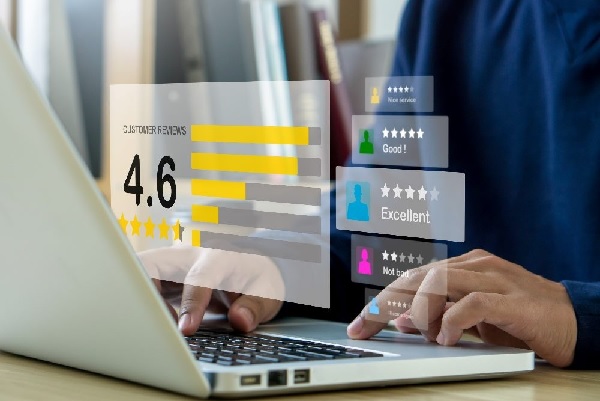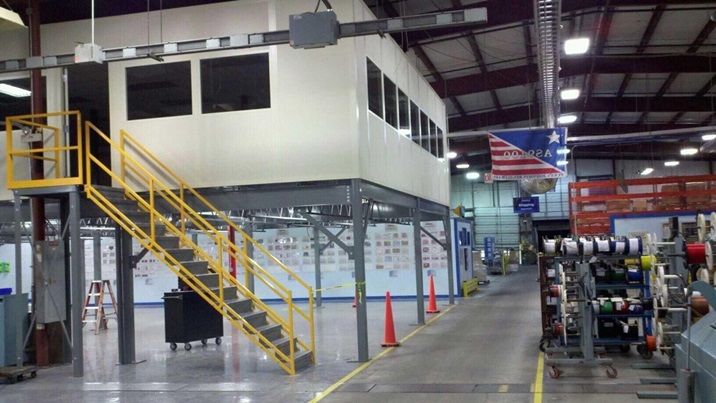Did you know that there are over 1.5 billion active Apple devices in the world? As you can guess, that makes Apple one of the world’s leading tech companies. But, despite Apple’s popularity, Apple devices are known to have several critical issues, especially their MacBook product line.
Do you know what the most common MacBook problems are? If not, we invite you to keep reading since we’ll explain some of the most annoying issues MacBook has in today’s post. And since fixing a MacBook can be a challenge, we’ll also give you some helpful tips to solve these problems.
Screen Doesn’t Stop Flickering
Perhaps the most annoying (and nauseating) issue a MacBook can have is a flickering screen. The issue may stem from the screen (damaged connector cables) or a software problem. The flickering can cause the screen to dim involuntarily, making working a whole lot more difficult, or it can make the screen’s resolution change frequently.
Repairing a MacBook with a flickering issue can be a real challenge, but you can do a couple of things to fix it. For example, resetting the PRAM (Parameter Random Access Memory) can stop screen from flickering. If that doesn’t work, then you’ll need to take your laptop to a store specialized in MacBook repairs.
Battery Not Charging Completely
One of the most common MacBook issues users face is a faulty battery. Unfortunately, pinpointing the problem isn’t as easy as you think since several factors can cause your MacBook’s battery not to charge. So, let’s take a moment to discuss the most common battery issues.
Check The Power Outlets
Perhaps the first thing you should check before jumping to conclusions is whether the power outlet is working properly. As you can expect, a faulty outlet will not charge the battery of the MacBook, which can result in your MacBook shutting off often. So, test to see if the outlet is working properly by plugging in other devices and waiting to see if they charge.
Check the PRAM and SMC
Corrupted software can sometimes cause battery issues that directly affect the battery management application. You can see if the battery management software is working correctly by running a diagnosis test on your MacBook. If you notice any errors, then you should try to reset the PRAM and SMC (System Management Controller).
And if the issue persists, you should take it to your local Apple store or purchase a new battery for it.
MacBook Not Recognizing External Devices
A prevalent issue many MackBook users have is devices not being recognized. Luckily, you can solve this issue without much hesitation since it’s usually a software problem. So, the first step you’ll want to take is checking if the external device works on a different MacBook, and if it doesn’t, then your MacBook is not the culprit!
You could also check that you’re plugging the device into the correct port since some USBs can easily fit into a non-compatible port. Additionally, if you have an older MacBook model, it may have an older USB/Lightning port, which means you can’t use newer devices.
The only way to solve this issue is by buying a USB port hub that’s compatible with your MacBook. Or, if you have the money, you can purchase a newer Mac model. But, keep in mind that Apple has ditched the USB 3.0 for their ThunderBolt, so you’ll most likely need a ThunderBolt to USB converter for your external devices.
MacBook Not Working Fast Enough
Over time you may notice that your MacBook begins to slow down to the point that you can even use it properly. But, just as the battery issue, there are different reasons why your Mac is slowing down. So, let’s briefly discuss each possibility.
Not Enough Space
As you already may know, whenever a PC or laptop has little to no space on the hard drive, it begins to slow down due to a lack of memory space. So, make sure you check if your hard drive is almost full or already full. And if that’s the case, try to remove non-essential programs or files.
Outdated Operating System
Do you press “Update Later” every time your MacBook has a new OS update? If so, then that’s what is causing your MacBook not to work as fast as you’d like. So, double-check that the OS is up-to-date, and if it isn’t, update it now!
Virus or Malware
Even though Apple devices are known to be impenetrable, some viruses or malware out there can infect your device. As you can expect, a virus can make your MacBook slow down or, even worse, not work at all. So, make sure you run the virus scanner every so often, so your MacBook doesn’t become infected.
Fan Is Too Loud
If your MacBook’s fan is louder than usual, then that can indicate that your MacBook’s fan is covered in dust. As you can imagine, if the fan doesn’t work correctly, you may experience overheating, which will make your Mac shut off. Fortunately, you can clean the fan by using compressed air, but make sure the MacBook is off before doing it!
If the issue persists, then you may need to take it to a professional since they’ll be able to open it up and clean it more thoroughly.
Fix These Common MacBook Problems Today!
Hopefully, you’ll be better prepared to face the most common MacBook problems with this in-depth MacBook guide. But, of course, sometimes you can’t solve these issues easily, so when that happens, make sure to take it to an Apple store or a certified Apple repair shop. And, don’t forget to bookmark this article so you can always refer to it whenever you’re in a pickle.
Did you find this in-depth guide helpful to solve your MacBook problems? If so, we invite you to browse our other Mac-related posts since we’re sure you’ll find another one that’ll pique your interest!
click here for more information.










